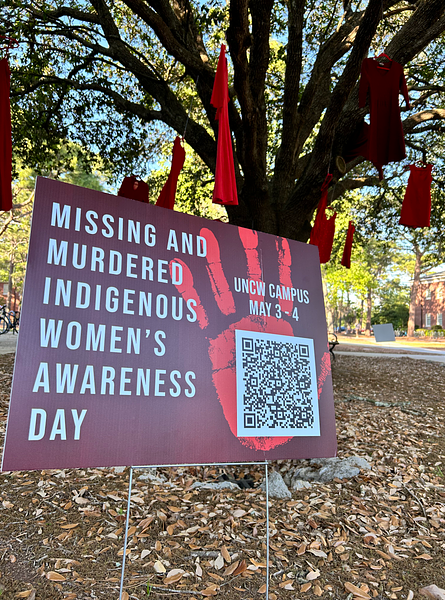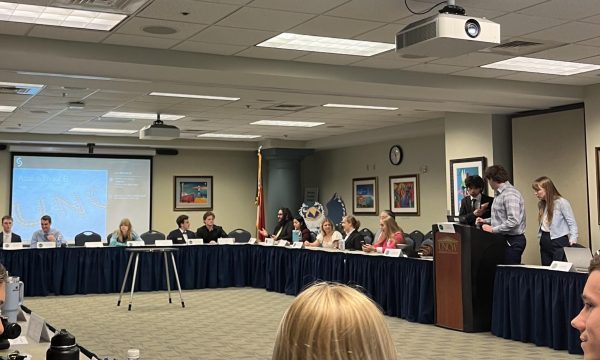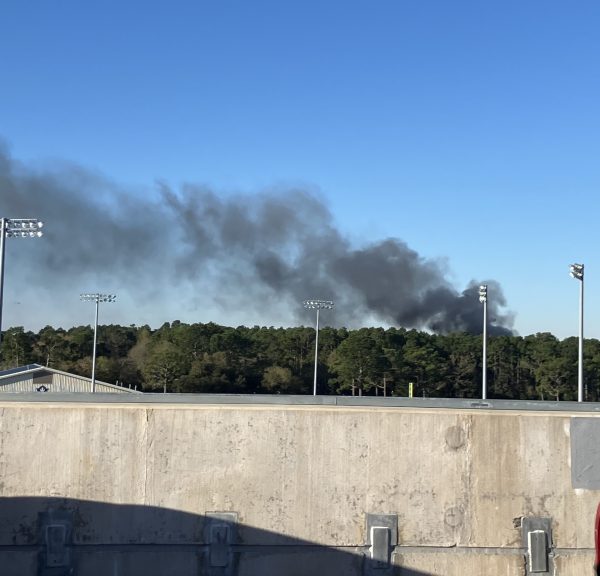“Captain Philips” follows Captain’s account but fails to accurately portray historical events
October 18, 2013
No big spoiler alerts needed for this review of Paul Greengrass’ “Captain Phillips.” The MV Maersk Alabama hijacking by Somali pirates was heavily reported by the news when the incident happened in 2009. The real surprise is that members of the ship’s crew are now saying Captain Phillips’ book, the inspiration for the 2013 film, is not exactly truthful, adding a twist to what would otherwise be considered a heroic tale.
However, this much is true: Richard Phillips captained the US-flagged MV Maersk Alabama, which was taken hostage by Somali pirates, and ended in a dramatic rescue by U.S. Navy Seals. Billy Ray’s screenplay is based on the book “A Captain’s Duty: Somali Pirates, Navy SEALS, and Dangerous Days at Sea” by Captain Richard Phillips.
According to Maureen Callahan’s recent article in the New York Post, the film “Captain Phillips” is being marketed as the true story of the first American cargo ship hijacking in 200 years. However, crew members are saying what happened during the hostage situation didn’t happen the way Phillips wrote it, thus making the film version inaccurate as well.
There are very few familiar faces in the movie, but that doesn’t matter since the main character is played by shining star Tom Hanks. Hanks’ gritty performance sucks the viewer into the dark place of angst that one would feel if taken hostage on the high seas by a brutish bunch of pirate thugs.
If the Somalis never spoke a word or fired off a round, they would still terrify viewers. But here’s an alert: there is a lot of Somali dialogue.
These pirates are a malnourished, disorganized, bumbling bunch of fools, constantly at odds with each other for alpha dog status. The only reason they make it onto the ship is due to a breach in security. One of the high-powered fire hoses keeping the pirates at bay fails.
The controversy surrounding the film concerns the portrayal of the Somali attack and the crew’s safety.
“After the hijacking, 11 crew members have sued Maersk Line and the Waterman Steamship Corp. for almost $50 million, alleging ‘willful, wanton and conscious disregard for their safety.’ Phillips is a witness for the defense,” Callahan reported in the New York Post.
Also in the New York Post article, a crew member (who remains anonymous due to the lawsuit) claims that Phillips was not the hero presented in the film. He states that Phillips arrogantly disregarded the repeated email alerts about pirating events in the area. The emails warned cargo ships to stay at least 600 miles away from the coast of Somalia; in spite of these warnings, Phillips navigated the cargo vessel 235 miles off the coast.
During the film, there are some interesting plot twists during a game of hide and seek as the Somalis take over the ship. Most of the crew hides in the engine room in the bowels of the vessel, while the Somalis shoot their way into the wheelhouse where Phillips and a few other crew members are located. The Somalis overtake Phillips and the navigation crew and hunt for the rest of the crew.
Ultimately, Phillips is taken hostage and the pirates jettison off of the side of the boat in a lifeboat, headed for the coast of Somalia. Just in time, the U.S. Navy shows up to save the day, culminating with all the blood and guts one expects at the end of a pirate movie.
There are parts of the movie where viewers will be on the edges of their seats, filled with anticipation and dread. During the other parts, they can expect to be leaning back, hoping that the pace quickens.
Throughout the movie, Hanks portrays Phillips as a humane, but genius-like hero figure, which is a bit over-the-top, considering the controversy surrounding Phillips’ rewrite of events. However, Phillips’ last moments in the film (post-rescue) are astonishing and tear jerking as he goes back to being a captain on the not-so-jolly seas.





















